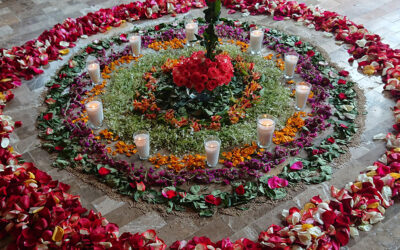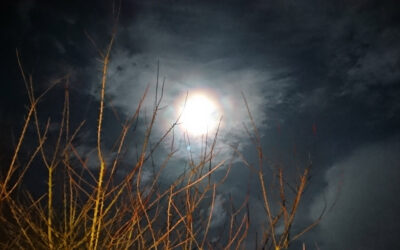
Resources
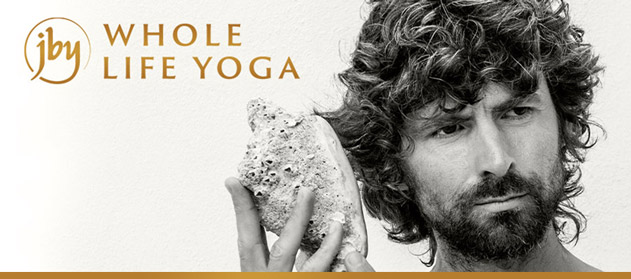
Whole Life Yoga Podcast
Available on YouTube and major podcast platforms.
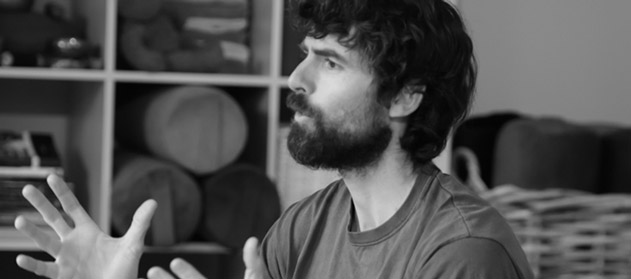
Whole Life Yoga YouTube
The place to watch the video version of the Whole Life Yoga podcast, plus many additional videos including recorded live talks, songs, Sanskṛt recitations, series like What is Yoga? On practical yoga philosophy from 2020 and the Yoga Top 40.

James Boag SoundCloud
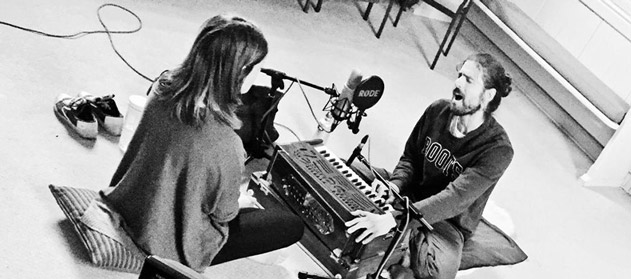
Kirtan with James & Elizabeth Boag
Sometimes, James has the joy of singing with his sister, Elizabeth. These five simple songs with harmonium were recorded when they were both visiting family in North Yorkshire in 2016.
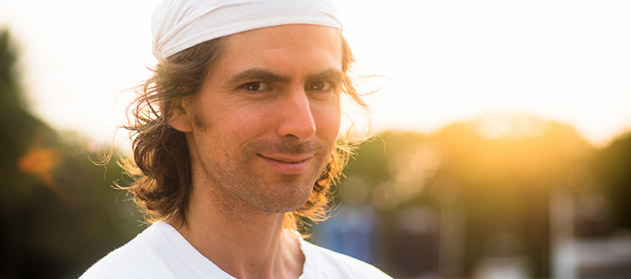
Laura Lea Nalle in Mysore 2013
In Mysore in 2013, James had the privilege of recording several short videos of Sanskṛt hymns, yogic teachings and poetry with artist and filmmaker Laura Lea Nalle. In this collection of videos you can enjoy the flavours and colours of the bustling Mysore Devaraja market, the peacefulness of the Kaveri river in Srirangapatna and at sunset in Saraswathipuram. Here you can also enjoy beautiful videos of James’ friend Radha Rajani leading kirtan.
Yoga Anytime Courses
Use code JAMESBOAG for thirty days free access.
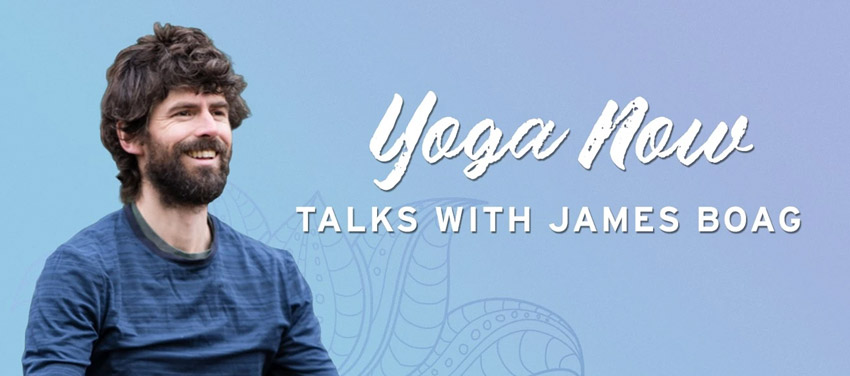
Yoga Now
Themed practical philosophy talks filmed live Spring 2021. Yoga Now is a collection of insightful talks and discussions with yoga teachers and philosophers designed to deepen our understanding of the practical teachings of Yoga, and how they can help bring greater balance, skillfulness, harmony, and efficiency into all aspects of our lives.
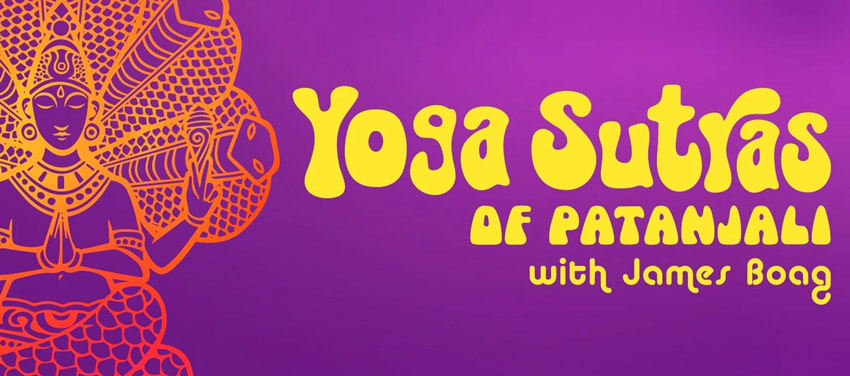
Yoga Sutras of Patanjali Course
In-depth, practical exploration of Chapters One and Two of this treasure text of the yoga tradition, filmed 2017 and 2021, with movement, meditation, and sound practices too. Together, we unravel The Yoga Sutras of Patanjali, the treasure text of the yoga tradition. Patanjali’s text distills and encodes a vast body of practical teachings into a concise and thorough form and provides a frame of reference for a skillful, ongoing inquiry. James Boag infuses our study with the movement, breath, meditation and practices of Hatha Yoga and singing of Bhakti Yoga so we may more easily integrate and harmonize these teachings into our daily lives.
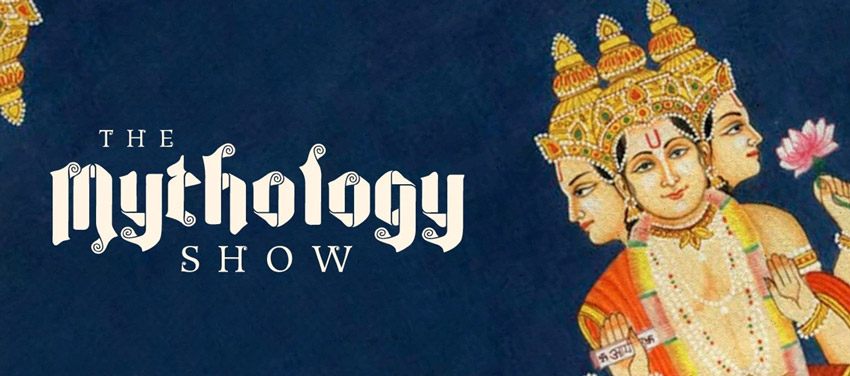
The Mythology Show
Recorded September 2015, exploring practical riches of yoga mythology, with episodes on Ganesa, Mother Divine and Hanuman. Mythology is designed to blow the mind so that we might access deeper aspects of ourselves. Soak in these stories to discover and allow for new dimensions to be revealed. Resist the temptation to seek out the true story, rather let all the possibilities exist. You will never find the same version told twice.
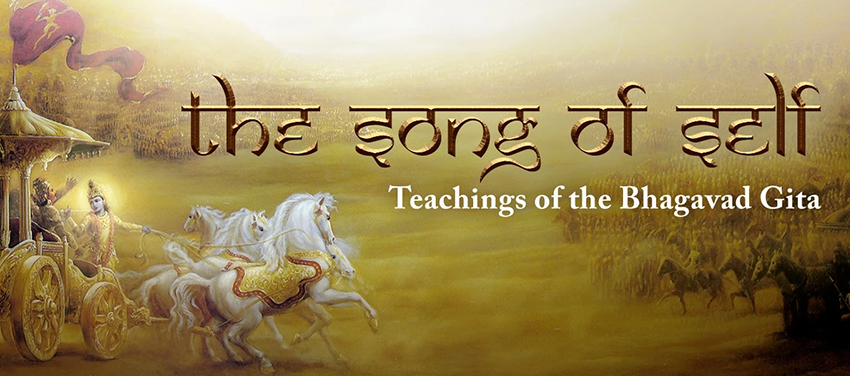
Bhagavad Gītā Chapter Two Course
15+ hours of content, recorded June/July 2015, includes: introduction, series on recitation and series going through the practical teachings of Chapter Two, working from the original Sanskrit, with stories and songs along the way. Gita means song. The Bhagavad Gita is teaching us to sing our own song and be truly ourselves. James Boag unpacks the essential teachings in Chapter 2 – chanting and translating the sanskrit verses, sharing epic stories, and offering timeless insight to accelerate, inspire, and transform our daily lives.
Recent Blog Articles
Read more about whole life yoga, practical yoga philosophy and related musings in James’ Blog.
Kirtan – Yoga of Song
In a traditional kīrtan, a bard-like leader ‘tells’ of the kīrti - the glory – of the Lord; or, we might say, of the divine qualities that are our potential. This may include compelling renderings...
The Orchestra: Practice, Harmony and Symphony
A youth orchestra is giving a performance. The members are ten years old and have been playing their instruments just a year. So who comes to the concert? For the most part it’s parents,...
And So This is Christmas 2014
Christmas, mid-winter festival, just after Solstice: celebration of things to come; celebration of the coming light; celebration of how the greatest things grow in and from the dark. Three wise men...
Reading Recommendations
Bhagavad Gītā and Yoga Sūtra-s
In the programs I give I often refer to the Yoga Sūtra-s and the Bhagavad Gītā. For miracle-mirror texts like these, I recommend studying them live from the original, where the ‘viśvatomukhaḥ’ – shining its light out in all directions – quality of the words and verses can really be brought to bear, and we can work more deeply into developing a personal relationship with these texts that are companions for the whole amazing journey of a human life and the quest for its full realisation!
One of my main motivations for learning Sanskṛt was how I understood from beginning to study the texts with my meditation teacher from within the tradition that the translations I was reading were not able to bring me as close to the original teachings as I would like. Since I’ve been studying Sanskṛt, I’ve been reading and working with these texts in the original, so I’m not the best person to ask about this. That said, as far as published, English versions go, these are the ones that I generally recommend when people ask:
Bhagavad Gītā with commentary
Paramahansa Yogananda: God Talks with Arjuna, 2 Vols.
Yogananda has a lovely poetic style to his writing. His commentary is full of useful insights.
Swami Chinmayananda: The Holy Geeta
Sometimes I find Chinmayananda a bit sectarian/snobbish in his comments, but I tolerate this and still recommend it because of the usefulness and power of some of his excellent, explanatory illustrations.
Bhagavad Gītā without commentary
Winthrop Sargeant, Bhagavad Gītā
If you don’t know Sanskṛt, but would like to get closer to the original text, this is a very useful one to have. It has the most thorough word for word analysis I have come across to give more of a sense of how the verses work grammatically. Good to have alongside other translations to give a sense of how they have come to their renderings.
Stephen Mitchell, Bhagavad Gītā
I’ve not read this one, but whenever people have shown it to me in classes I have been impressed by the concision and flavour of the translation
Eknath Easwaran, Bhagavad Gītā
I’ve only read parts of this, but this one too has a nice flavour and reads well.
Yoga Sutra-s
Rama Prasāda, Patañjali’s Yoga Sūtra-s,
This version comes with a pretty good word for word of the Sutra-s and of Vyāsa’s commentary, both of which are also there in the Sanskṛt. It’s great to have Vyāsa’s canonical commentary like this and this is the one I recommend if you’d like to get closer to the text.
Bernard Bouanchaud, Yoga Sūtra de Patañjali, Miroir de Soi in French. I think there is an English translation: Essence of Yoga: Reflections on the Yoga Sūtra of Patañjali (I have only read the French version).
What I really appreciate, I might even say love, about this text – even though I don’t agree with the interpretation in all places – is the way Bouanchaud really invites us into reflection and contemplation. This is such an important part of how the text is tradtionally studied and practised. As such this version does a great job of inviting us away from a reductive and misleading ‘translated version’ towards the text as a living reference – as the miracle-mirror text that it is, always able to help us towards new perspectives whenever we work with it and look into it with sincerity and curiosity.
Jagannath Carrera, Inside the Yoga Sutras Similar to the Bernard Bouanchaud text, this is obviously the product of a practitioner and teacher. I think this is a great resource to help cultivate a deepening, practical relationship with the text.
I K Taimni, The Science of YogaReally excellent on many sections of the text. Taimni’s commentary goes into depth and is a great resource.
Purohit Swami, with. introduction by W B Yeats, Aphorisms of YogaVery elegant translation with here and there some lucid and helpful commentary.
Edwin Bryant, The Yoga Sūtra-s of Patañjali,
Contemporary American scholar Edwin Bryant has drawn on ‘traditional’ commentaries to produce a useful commentary.
Swami Prabhavananda and Christopher Isherwood, How to Know God, published by the Vedānta Press, quite brief, but contains some wonderful illustrations and insights.
Indian Mythology
Ramesh Menon, The Mahābhārata, A Modern Rendering, 2 Vol.s
Just awesome! They say about the epic Mahābhārata, that everything you can find in the world you find in here, if you don’t find it in here, you won’t find it in the world. Menon’s version doesn’t present the whole Mahābhārata, but does an amazingly rich, evocative and page-turning job of telling the main story and many of the principal side stories that are woven into the original.
Carole Satyamurti, Mahābhārata, A Modern Retelling
Published in 2015, another wonderful rendering of the great epic, in crisp and flavourful blank verse, highly recommended.
Ramesh Menon, The Rāmāyaṇa, A Modern Translation
Just as compelling as his rendering of Mahābhārata. Best read when you’ll have time to enjoy it in large chunks.
Ramesh Menon, Krishna, Life and Song of the Blue God
I’ve really enjoyed this interweaving of teachings from the Bhagavad Gītā with the principal episodes of Kṛṣṇa’s life as told in the Bhagavata Purāṇa (which Menon has also rendered in 2 volumes). This is full of page-turning flavour and depth.
Ramesh Menon, Siva, the Siva Purāṇa Retold
You can probably tell I think very highly of this author. Here he compiles some rich episodes from Purāṇic lore about Śiva and his ‘family’.
Devdutt Pattanaik, Sita, An Illustrated Retelling of Rāmāyaṇa
Davdutt Pattanaik, Jaya, An Illustrated Retelling of the Mahābhārata Around 350 pages, including illustrations and boxed notes throughout, this is one of Devdutt Pattanaik’s works that I find most impressive, conveying the core Mahābhārata story and many of its themes in concise form.
Devdutt Pattanaik, Myth=Mithya, A Handbook of Hindu Mythology It’s a few years since I read it, but this is probably the Devdutt Pattanaik book I would recommend most highly.
Wider reading
Donna Farhi, Bringing Yoga to Life
A long time recommendation for a contemporary introduction to the bigger picture of yoga. Well written, practical, and engaging.
Uma Dinsmore-Tuli, Yoni Shakti
Amazing opus, sharing a woman’s perspective on yoga and tantra and offering a vision for the sharing of yoga in healthier ways for the whole of humanity.
Swami Chidvilasananda, My Lord Loves a Pure Heart
Beautiful teachings compiled, as I understand it, from a summer retreat program looking at Chapter 16 of the Bhagavad Gītā. Very inspiring and practical.
Robert Svododa, Aghora and Kundalini and Prakṛti: Your Āyurvedic Constitution and The Greatness of Saturn The Aghora books are extraordinary. Well worth reading and re-reading. Dr S’s book on Āyurveda very clear, practical and helpful.
Dr Clarissa Pinkola Estes, Women Who Run with the Wolves
Not just for women. Maya Angelou is quoted on the edition I have read as saying ‘Everyone should read this book’. I would agree. And I recommend Clarissa’s audio programs on Sounds True very highly. She is amazing, a wonderful storyteller and beautiful teacher.
Dr Christiane Northrup, Women’s Bodies, Women’s Wisdom
In yoga classes and gatherings, women are often in the majority and sometimes aspects of the physical practice can impact on women’s health issues. This book was recommended to me by a teacher friend of mine who specializes in yoga for women. However, as well as being full of practical insights, it also invites us into a more empowered and practical relationship to our own bodies.
John O Donohue, Anam Cara, Eternal Echoes
Jean Liedloff, The Continuum Concept
Martin Prechtel, Grief and Praise, the Smell of Rain on Dust
books that changed my life
Primo Levi Se Questo è un uomo/la tregua (If This is a Man/The Truce)
Dino Buzzato Il deserto dei Tartari
Italo Calvino Il Barone Rampante (Baron in the Trees)
These three texts were all part of the Realism and Fantasy in Italian Literature course that I took in my second year at university aged 19. I speak about these books in Whole Life Yoga podcast episodes… … and … They all made a significant impact that continues to influence me significantly to this day, in different ways:
- Se Questo è un uomo (If This is a Man in English translation) because it made me reach much of Levi’s highly impactful work, but most significantly gave me questions to live by:
- How do I know I would not be a concentration camp guard?
- What God do I ‘believe’ in? What does God mean to me? What does it mean to be a human? How can I better honour the opportunities of human incarnation?
- Il Deserto dei Tartari because it imprinted deep into my awareness the myth of future happiness that yoga can help liberate us from – and which I have written about in my own book… coming soon.
- Il Barone Rampante because it introduced me to the great Italo Calvino, whose works I have enjoyed and revisited fairly frequently over the last twenty years, espeically Lezioni Americani (Six Memos for the Next Millennium) and Fiabe Italiane (Italian Fold Tales) and Se Una Notte D’Inverno Un’ Viaggiatore, and because it imprinted that much more deeply the recognition of the impossibility of translation, how every language is its own beauty, perspective, worldview. I have loved Il Barone Rampante in the original and in translation, but the flavour of the Italian and the translation are different, and my favourite passages in the text are different in the original and the translation. And Se Una Notte D’Inverno… in the Italian I find quite enchanting, while the English translation I didn’t get through. This awareness of how translations will never evoke all that the original does was one part of what spurred me to learn Sanskṛt.


